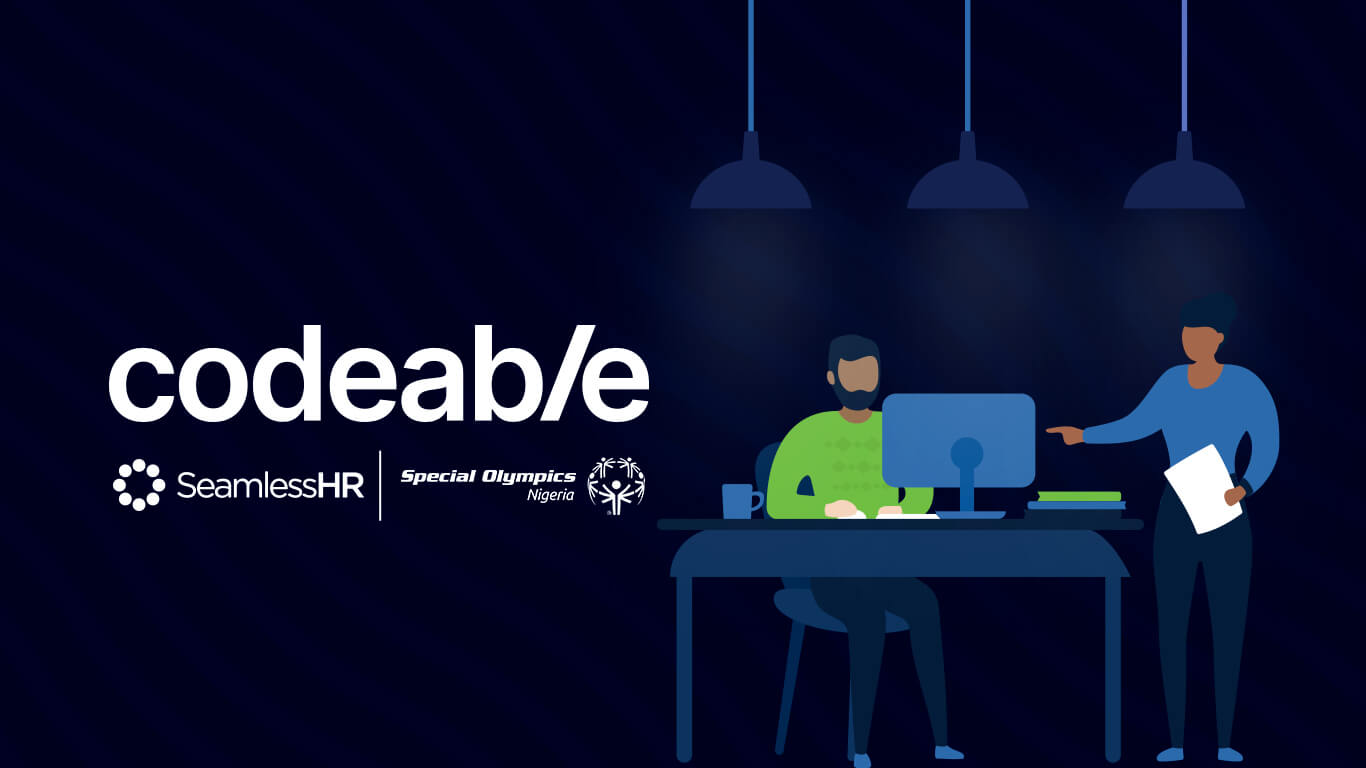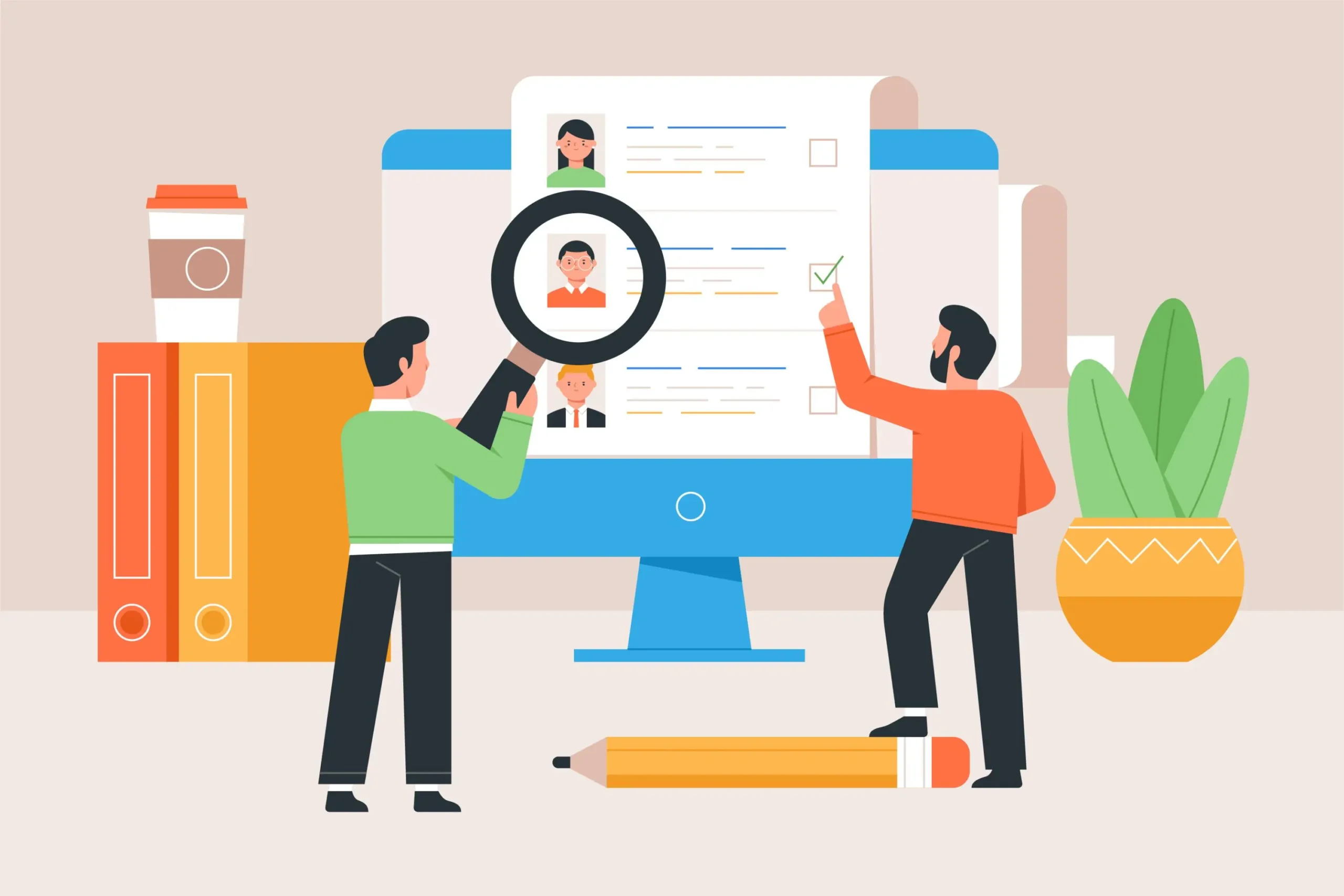What if the one thing slowing down your business isn’t lack of talent or budget—but how you manage time?
Every day, businesses across industries struggle with late clock-ins, missed shifts, unapproved absences, and inaccurate payrolls. Think of a retail chain trying to manage rotating shifts across multiple locations with spreadsheets. Or a logistics company struggling to track field workers without a central system. Even in well-run offices, HR teams often chase down attendance records, manually calculate overtime, and field complaints from employees about incorrect leave balances.
These everyday pain points do more than frustrate—they cost money, lower productivity, and chip away at employee morale. That’s where time management software steps in—not just as a nice-to-have tool, but as a strategic solution for leadership.
Why Time Management Matters More Than Ever
Business leaders are under growing pressure to do more with less. Economic uncertainties, a more flexible workforce, and increasing regulatory compliance requirements demand precision in how organizations manage time. Inaccurate time tracking leads to inflated labor costs, payroll errors, compliance risks, and employee dissatisfaction.
A robust time management system helps organisations:
- Gain visibility into workforce productivity
- Optimise shift planning and staffing
- Ensure accurate payroll and statutory compliance
- Support remote and hybrid work environments
- Reduce absenteeism and unplanned overtime
These benefits create ripple effects across departments, reducing operational waste and improving decision-making through real-time data. And a great example of a time management system that empowers organisations and employees, is SeamlessTime – A SeamlessHR Time Management system.
The Strategic Advantages of Time Management Software
1. Productivity and Operational Efficiency: One of the most tangible benefits of time management software is productivity. Automated systems eliminate the need for manual timekeeping, allowing managers to focus on strategic planning rather than administrative tasks.
Executives can use insights from time data to:
- Identify bottlenecks and inefficiencies in workflows
- Monitor time allocation across departments or projects
- Make informed decisions on resource allocation
With features like real-time dashboards, mobile access, and geo-tracking, organisations can manage teams across locations with SeamlessHR Time Management System, without compromising oversight. Time tracking becomes proactive rather than reactive, giving businesses the agility they need to adapt quickly.
2. Reducing Payroll Errors and Compliance Risks: Manual timesheets and outdated tracking tools are fertile ground for errors and fraud. Time theft, buddy punching, and inaccurate reporting can quietly bleed resources from a company.
A robust time management software automates timesheet submissions, integrates with payroll systems, and applies rules that ensure compliance with labor laws, union agreements, and organizational policies. This leads to:
- Fewer payroll discrepancies
- Reduced risk of penalties from tax authorities or regulators
- Streamlined audits and reporting
For multinational organisations, some tools even adapt to different labor laws and tax requirements across jurisdictions, giving executives peace of mind that compliance isn’t being left to chance.
3. Cost Savings and Financial Visibility: Time management software may seem like a back-office function, but its financial impact is front and centre. Beyond reducing payroll errors, better time tracking directly translates into labour cost savings.
Executives can:
- Detect and reduce unnecessary overtime
- Accurately budget for workforce needs
- Forecast labor costs for projects
When companies align labor spend with actual business demand, they avoid overstaffing or understaffing. This balance is key to maintaining both employee satisfaction and cost efficiency.
4. Supporting Employee Engagement and Well-Being: A frequently overlooked advantage of time management tools is their role in enhancing employee experience. Clear scheduling, predictable hours, and the ability to request time off digitally give employees a sense of control and fairness.
Features like:
- Self-service portals for attendance and time-off
- Alerts for excessive hours worked
- Integrated wellness tracking
…help prevent burnout, reduce absenteeism, and improve morale. And when employees feel respected and trusted, they’re more likely to remain loyal and engaged—a crucial factor in talent retention and organisational resilience.
5. Scalable for Growth: Whether a company has 50 employees or 5,000, time management software is built to scale. As operations grow, the software can expand to cover multiple departments, locations, or business units, while maintaining centralised oversight.
Executives looking to expand into new markets or transition to new workforce models (e.g., hybrid or gig-based teams) need tools that adapt and grow with the organisation. A time management software ensures that workforce governance remains strong, even as complexity increases.
Spotlight on SeamlessHR Time Management Software
SeamlessHR’s time management solution was designed to eliminate the common pain points businesses face when managing time, attendance, and productivity.

Here’s what you can expect:
Attendance Management
- Real-time tracking of employee hours with automated logs
- Streamlined clock-ins and outs
- Work schedule creation and control
- Accurate insights into employee work hours
Location Verification
- Geo-fencing for offices and work sites
- Restrictions on unauthorised clock-ins
- Enhanced compliance and security
Payroll Integration
- Automatically synchronise work hours with payroll systems
- Simple overtime calculations
- Error-free disbursements across regions
Employee Engagement Tools
- Mobile app for clock-ins, leave requests, and schedules
- On-the-go HR access
- Easy attendance tracking and time-off requests
Hardware and Policy Integration
- Biometric device compatibility for added security
- Integration with disciplinary and leave policies
Reports and Analytics
- Visibility into time trends
- Data-driven decisions to improve efficiency
SeamlessHR makes it easy to manage your workforce’s time, so you can focus on the bigger picture—growth, culture, and long-term success.
Making the Case: ROI and Long-Term Value
When evaluating any enterprise technology, ROI is key. A time management tool delivers quick wins in labour cost savings and error reduction, but its long-term value lies in improved business agility and strategic workforce planning.
C-suite leaders can view time management software not just as an operational tool, but as a strategic investment. It offers:
- Tangible cost savings
- Improved compliance
- Better employee experience
- Enhanced decision-making through data
More importantly, it aligns HR, finance, and operations under one source of truth for workforce time and attendance data.
Conclusion
Time is one of the few business resources you can’t buy more of. But with SeamlessHR time management system, you can manage it better. For CEOs, CIOs, CFOs, and CHROs focused on optimising every aspect of the business, time management software provides a powerful lever to improve productivity, reduce costs, and set the stage for sustainable growth.
In a workplace where agility and efficiency are everything, managing time effectively isn’t just a function—it’s a leadership imperative.
Need to learn more about our time management system? Read this article.
At SeamlessHR, we build HR management tools that are continuous, employee-centric, and designed for scalability. From time tracking to seamless payroll integration, our time management software helps you optimise workforce efficiency and drive business success. Whether you’re managing hybrid teams or streamlining attendance, we provide the tools you need to stay ahead.
Our time management software is available for businesses in Nigeria, Ghana, Kenya and other African countries.
Let’s talk about how to improve productivity at your workplace.






